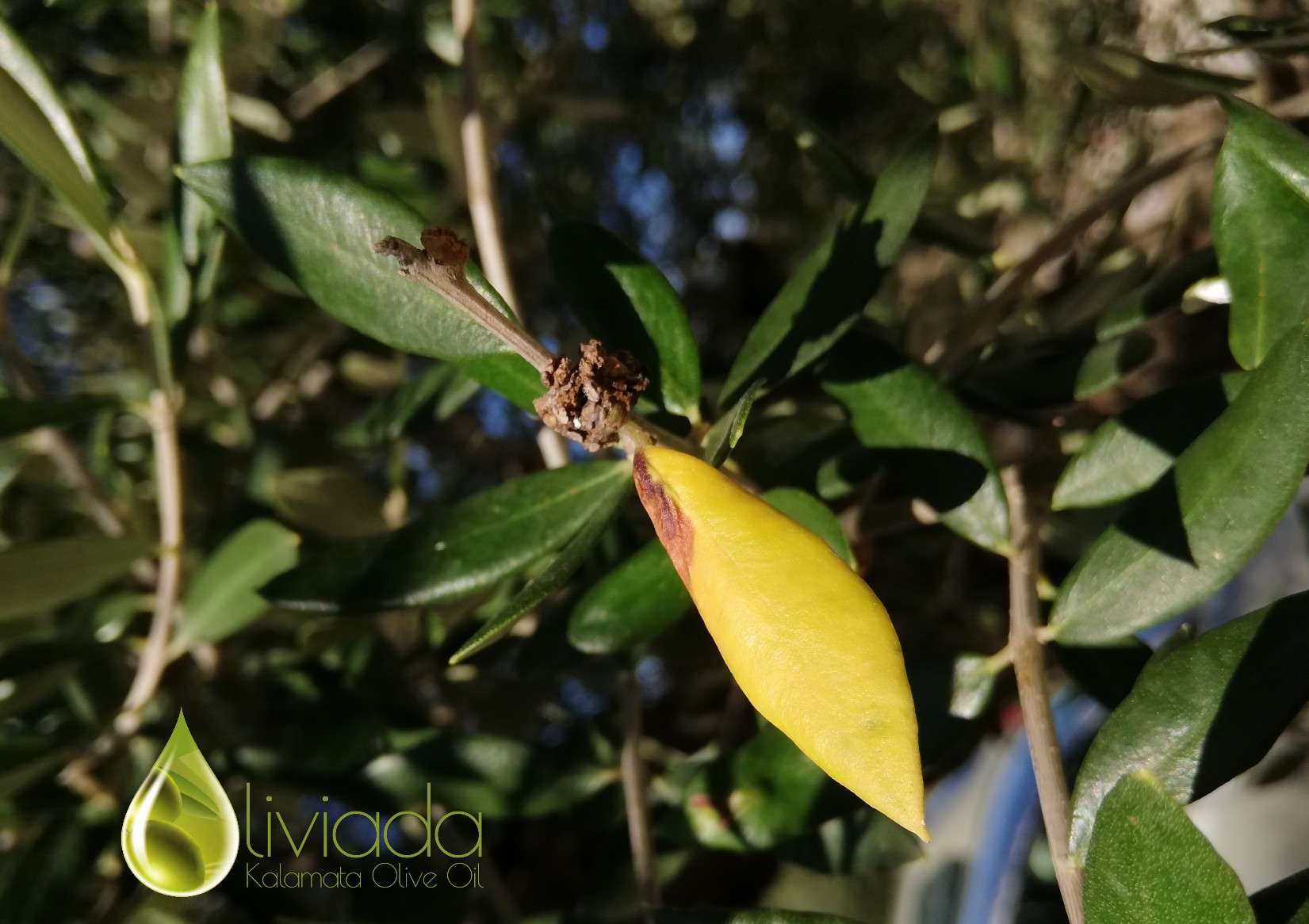
Why Olive Tree Leaves Turning Yellow? Reasons Prevention
1. Olive Leaves Tea 2. Olive Leaf Extract 3. Olive Leaf Powder Olive Tree Leaves Benefits 1. Reduces Cardiovascular Disease 2. Lowers Blood Pressure 3. Helps Treat Type 2 Diabetes 4. Improves Your Brain Function 5. Eliminates Free Radicals 6. Boosts Immunity 7. Fights Herpes 8. Reduces Inflammation 9. Prevents Cancer General FAQs
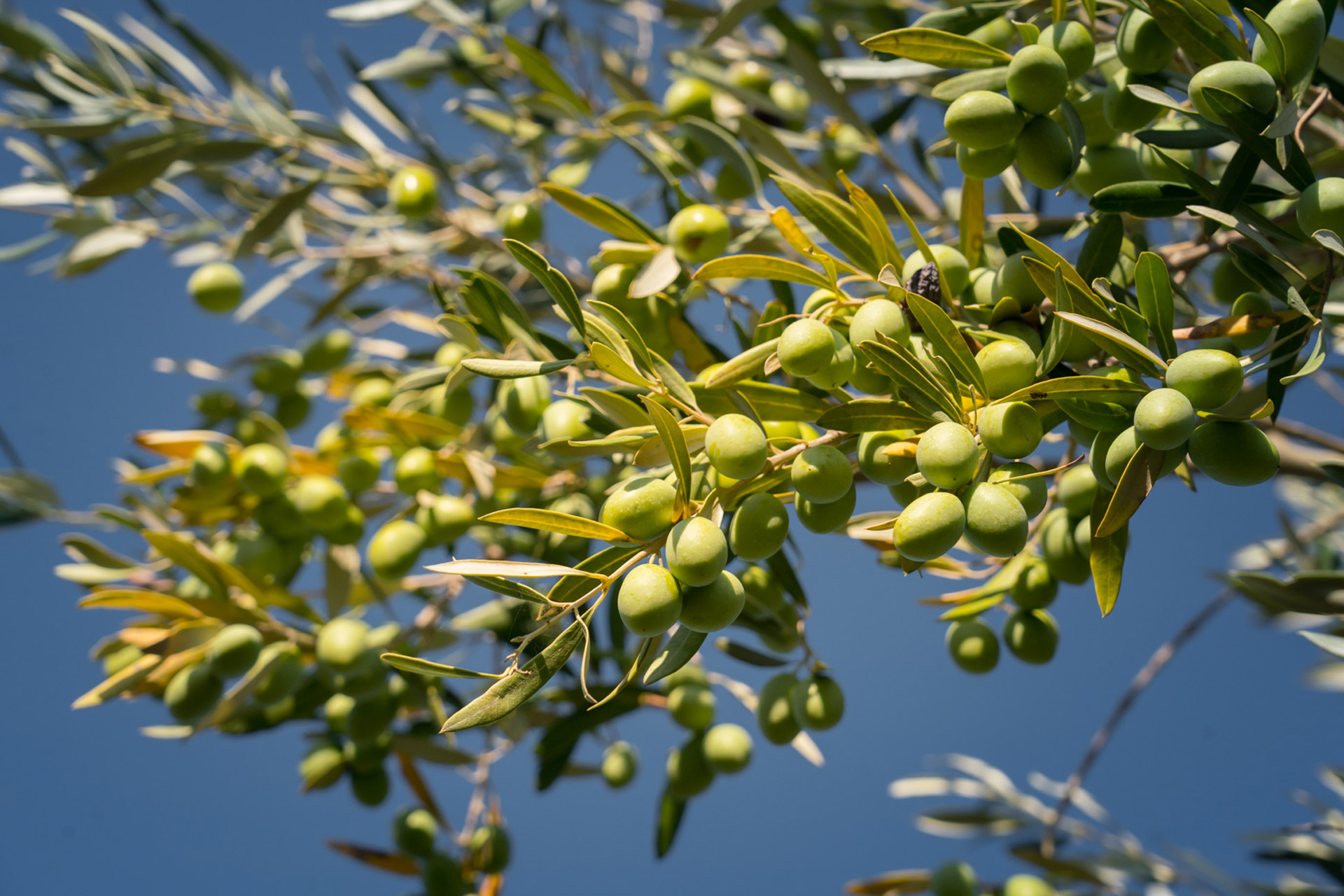
OUR PHILOSOPHY Mediterre Eurofood
Olive trees hate having soggy roots and a water-logged tree will show its displeasure by shedding leaves. A pot grown tree can easily become waterlogged so should stand on pot feet to allow water to drain away. It can also more rapidly parch in hot weather, especially when in a terracotta pot, so will require a more careful watering routine.
Olive Nutrition Q&A
3. Cailletier Olive Tree (Olea europaea 'Cailletier'). Cailletier is a cultivar of the olive tree that is native to Southern France. The name cailletier comes from the French word for "olive", which is Olea. Cailletier olive trees are known for their large, dark green leaves and their black olives.
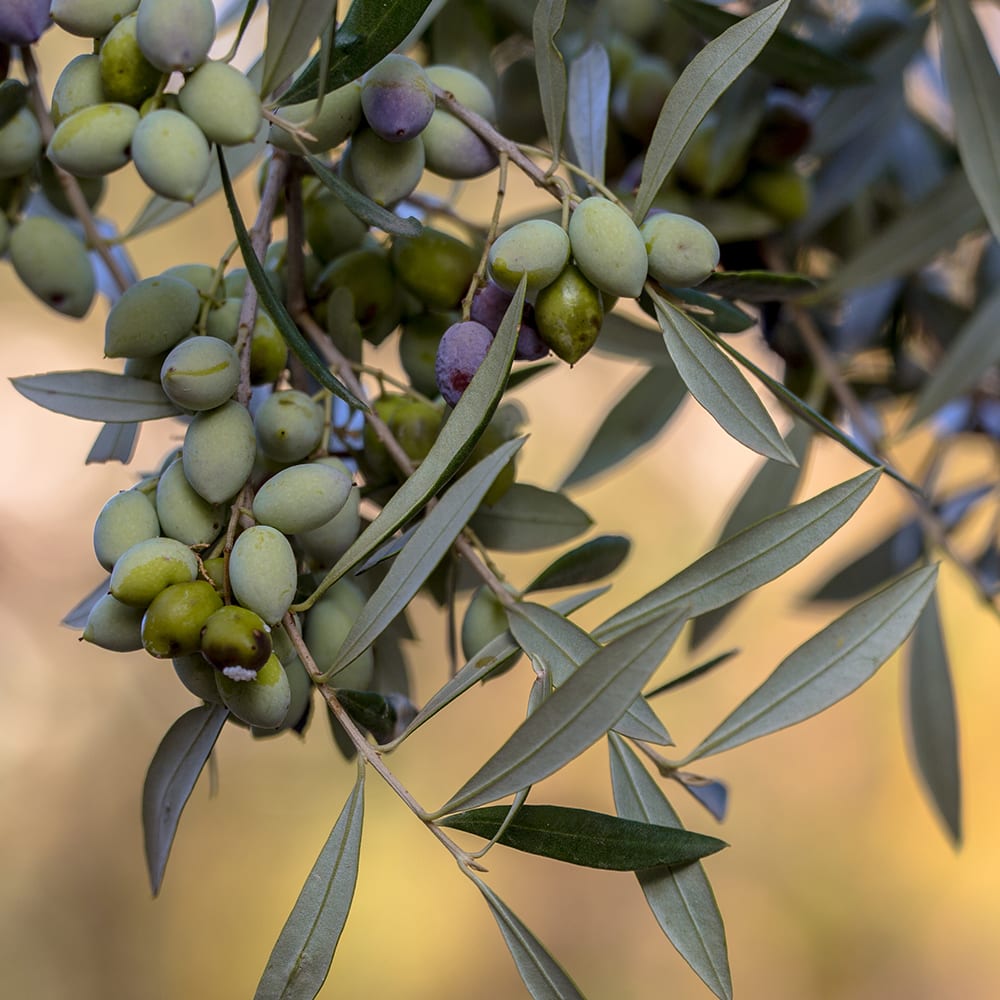
Israel Single Olive Tree Planting Benny Hinn Ministries
1. Overwatering The olive leaves may turn yellow and fall if there's too much water. This is because watering excessively can suffocate your olive tree, and it won't be able to take in nutrients from the soil. If your tree is overwatered once, there is no big deal. However, constant overwatering causes serious issues.

Yes, you can grow olive trees in Oregon; here's how The Pecks
The Spruce / Anastasia Tretiak Light Olive trees require at least six hours of direct sunlight per day. A large south-facing window is the only indoor location that can provide the necessary sun exposure. Make sure the leaves do not touch the window glass, which can cause them to become scorched.
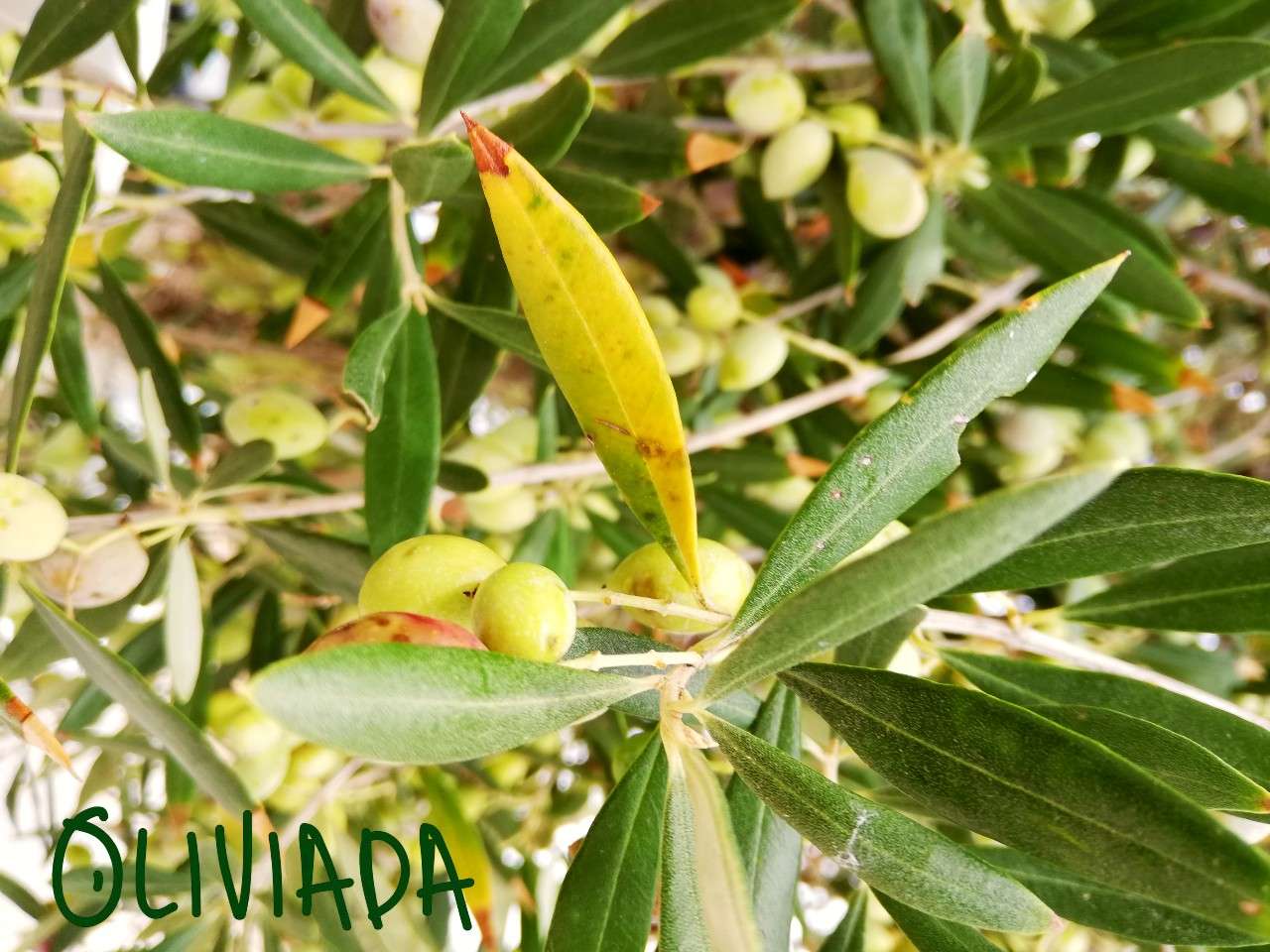
Why Olive Tree Leaves Turning Yellow? Reasons Prevention
Using resistant rootstocks also helps in replanting infected groves. 4. Anthracnose. Source: Wikifarmer. Anthracnose, otherwise called soapy olive, is now known as one of the most damaging diseases affecting olive trees. The reason is that the damage it can cause to the harvest is so significant.
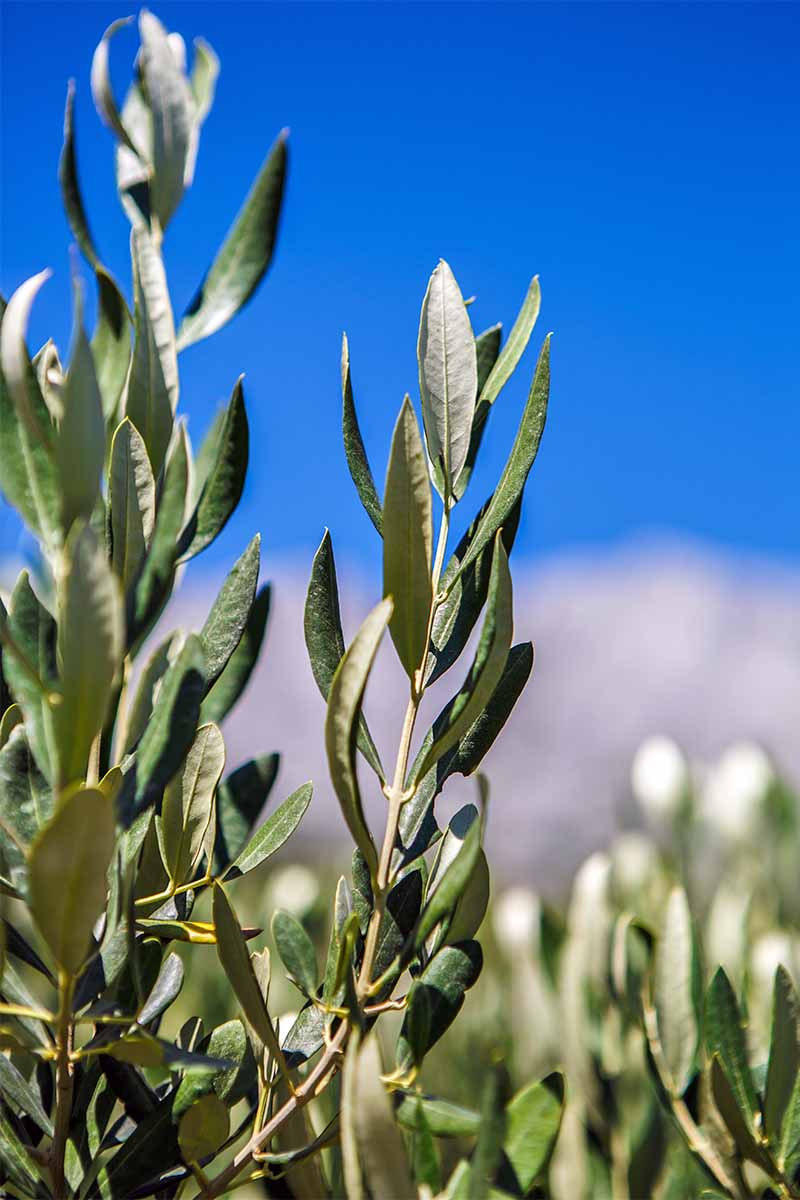
Learn How to Grow Olive Trees in the Home Landscape Gardener’s Path
The Olive tree is a subtropical evergreen and ornamentally grown for its attractive leaves, bark, and fruits. Olives can grow in various soils, are drought-tolerant, and can effectively extract nutrients from the soil. Without proper care, this tree will face many problems.

What you’ll need to grow an Olive Tree Natures Naturals
Olive trees have lovely silver leaves, which will compliment many other plantings of the garden but are also grown for their fruit. The olive tree's fruit can be pressed for oil or cured (brined) and eaten. There are other plants which bear the name "olive," so make sure to look for a European olive tree when you are growing olive trees.
:max_bytes(150000):strip_icc()/fruitless-olive-tree-profile-4158521-04-d93f976691b744968ce81c6bf8281877.jpg)
Fruitless Olive Tree Plant Care & Growing Guide
European olive tree, common olive tree. Plant type: Evergreen fruit-bearing or fruitless tree Zones: Typically 8-11, although some cultivars are hardy down to zone 7. Mature trees that have had a chance to acclimate often have greater cold tolerance. Climate requirements: Olive trees grow best in regions with hot, dry summers and mild but cool.
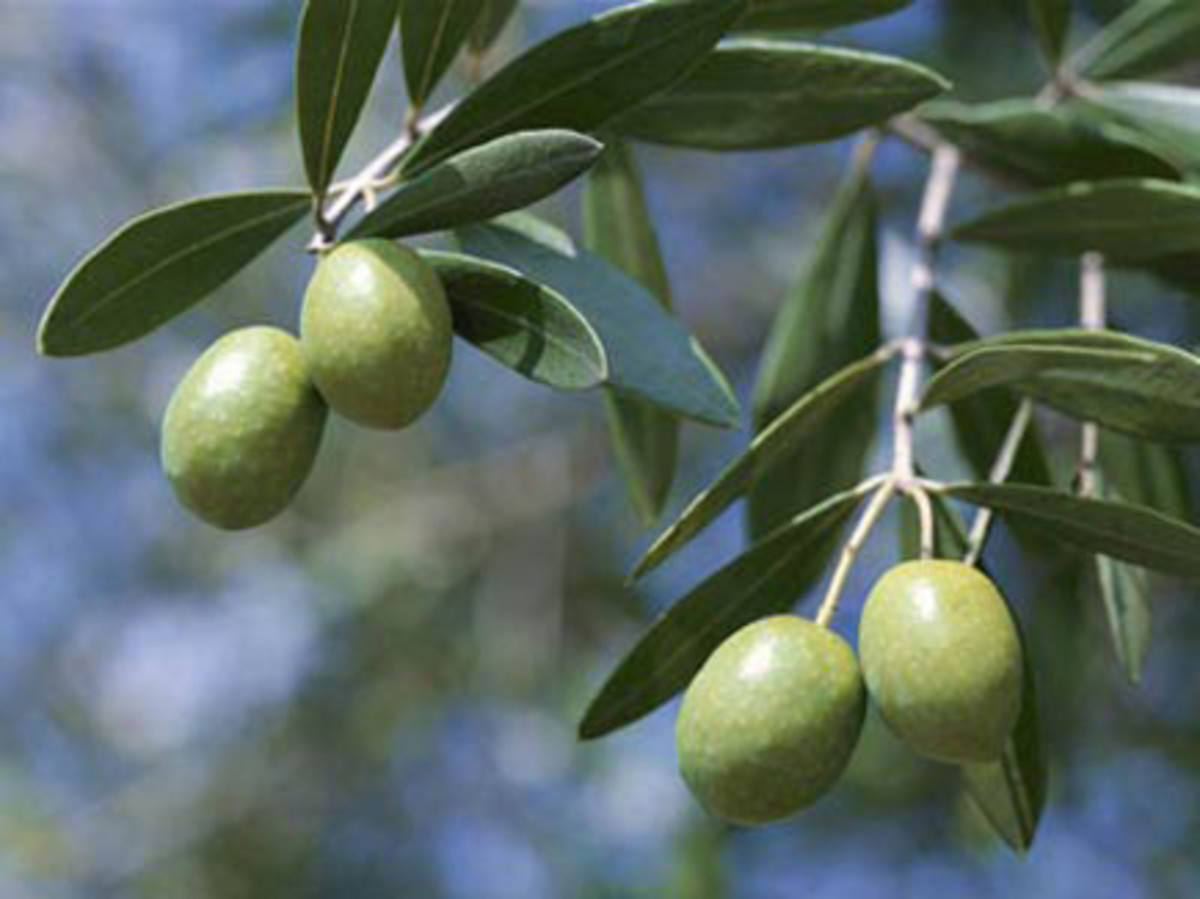
Uses for Olive Leaves and Health Benefits HubPages
Olive Tree Winter Care Quick Facts: Variety: Olea europaea Hardiness: Hardy down to -10 degrees, protection from frost required Suitable for: Planting and container growing outdoors Height: up to 10m Flowering: Summer Harvesting : Autumn Soil: Sandy, loamy, clay, well-draining, neutral to acidic Sunlight: Semi-shade, full sun Difficulty: Moderate

olive tree leaves olive tree
Shrubs Trees Fruit Edible Olea europaea (F) common olive Has a rugged, much-branched habit and slow growth, eventually 4.5-9m. Leaves are narrowly obovate or oval, to 7.5cm long, leathery, silvery beneath. Very small white flowers are borne in axillary racemes to 5cm long.

Learn How to Grow Olive Trees in the Home Landscape Gardener’s Path
Planting Olive Trees. When planting an olive tree in the ground, dig a hole twice the width of the root ball and enhance the quality of the soil with mycorrhizal fungi or another organic aid, which will facilitate rapid root establishment. Spread the roots out when planting and tamp down the soil.
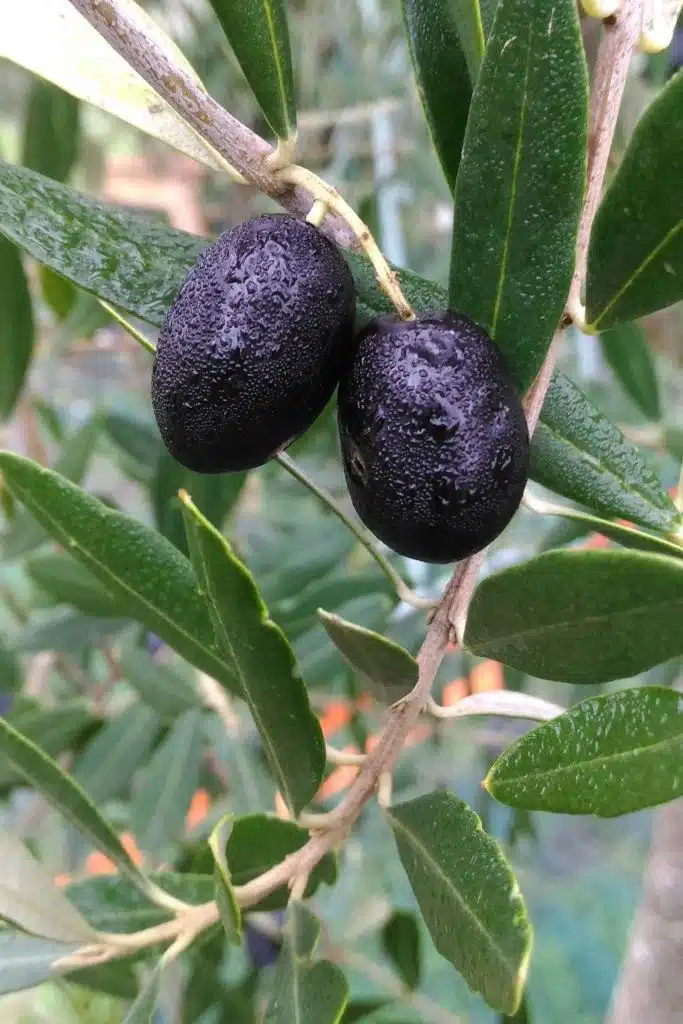
Olive tree pruning, care and diseases of olive trees
Olive trees most commonly drop their leaves from improper watering, climate, and nutrients. Less common issues are pests and diseases such as peacock spot. For best results, only water when the top 2-4 inches of soil is dry and provide compost and fertilizer.
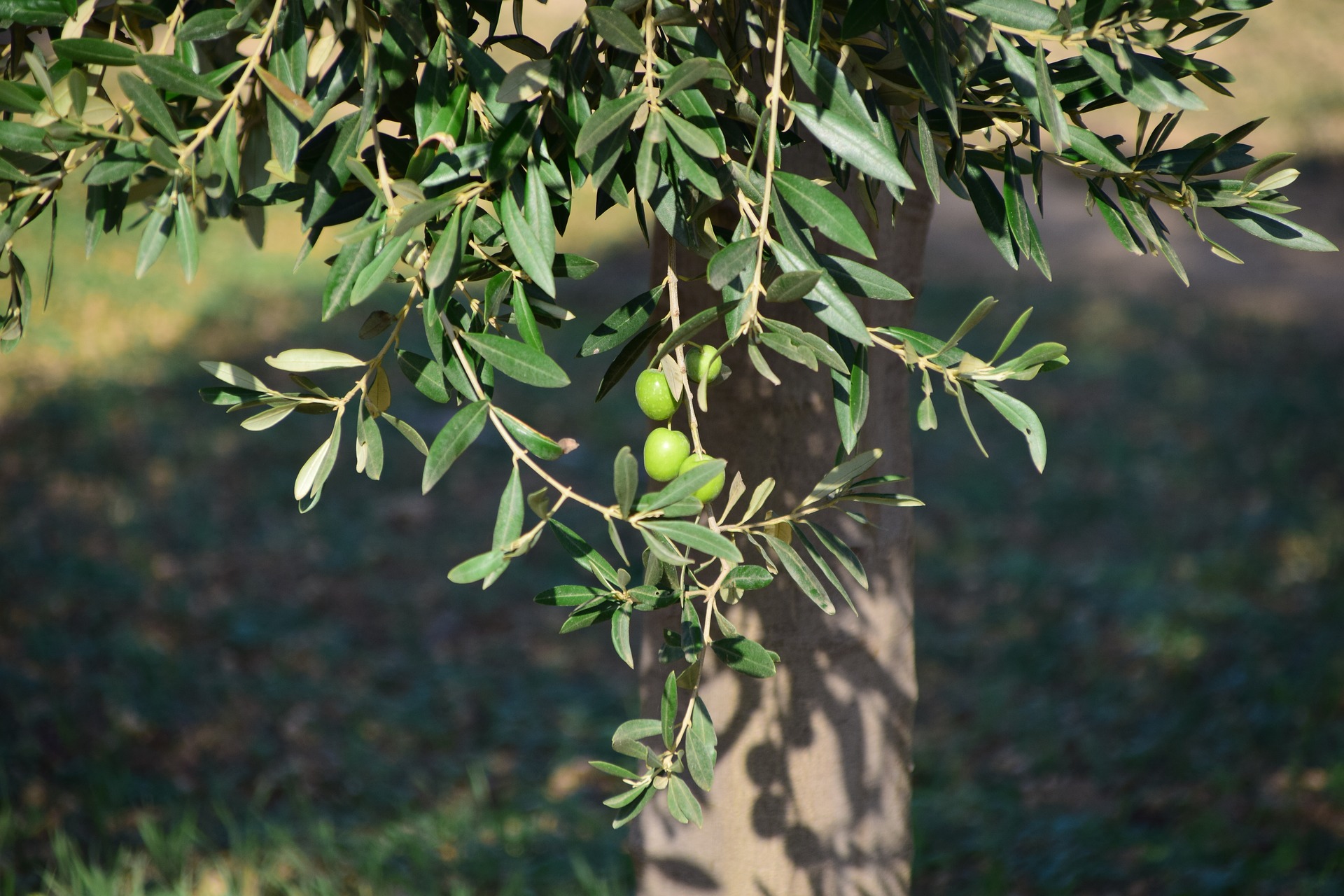
Olive Leaf for Immunity Supplements in Review
The olive tree, Olea europaea, is a classic Mediterranean tree that we might associate more with holidays than our own back garden. However, being slow-growing and usually only reaching a modest size, it makes a good garden tree in the UK. They can be grown in borders but make good trees for pots, too.
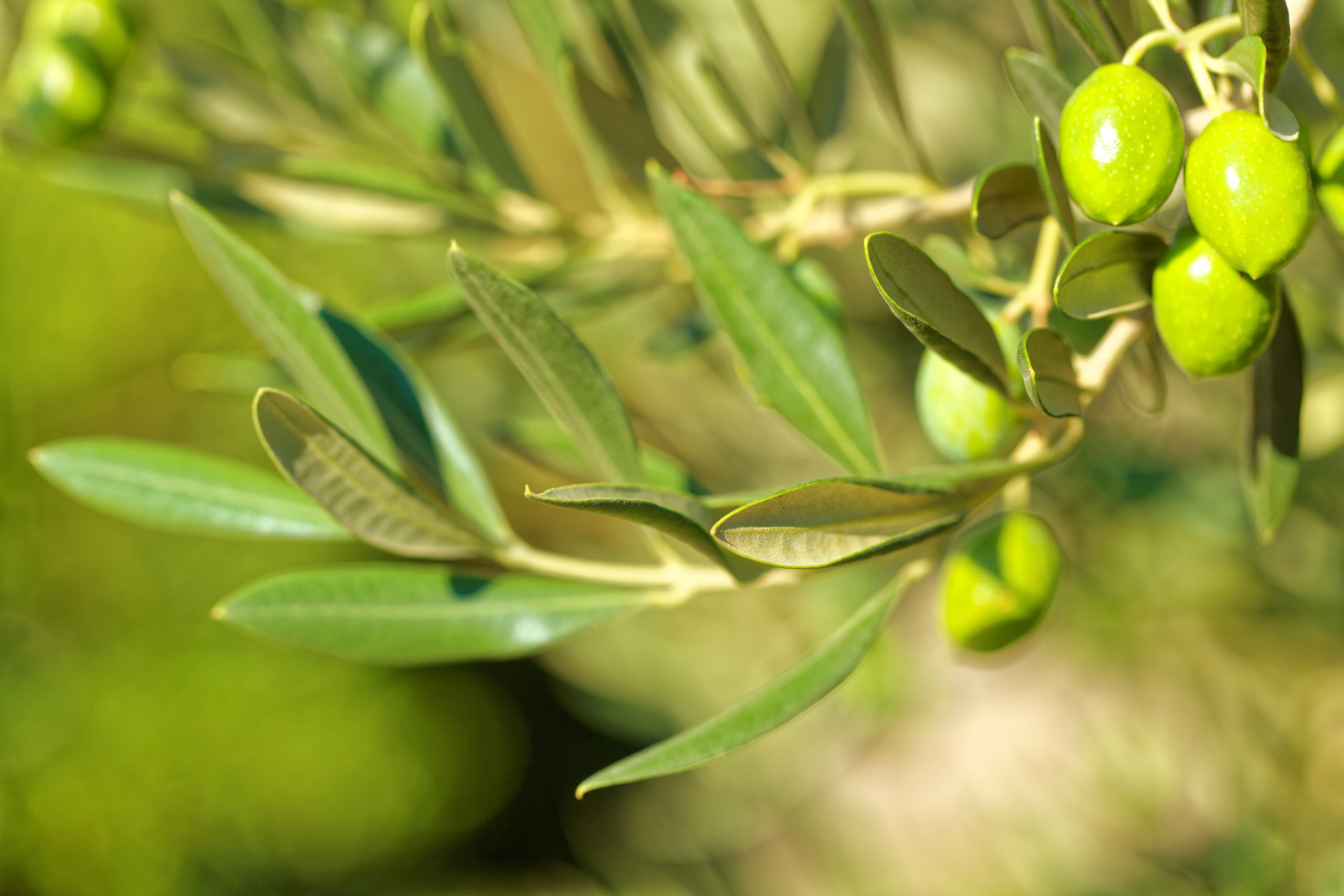
Olive Leaf Extract A Natural Antiviral to Stock Up On MetabolicLiving
The olive tree, Olea europaea, is an attractive, slow-growing evergreen of Mediterranean origin. It forms a rounded head of small, silver-grey leaves and is tolerant of hot, dry conditions. Tiny creamy-white flowers appear in summer, followed by small, round green olives that ripen to black. In the Mediterranean olive trees are cultivated.
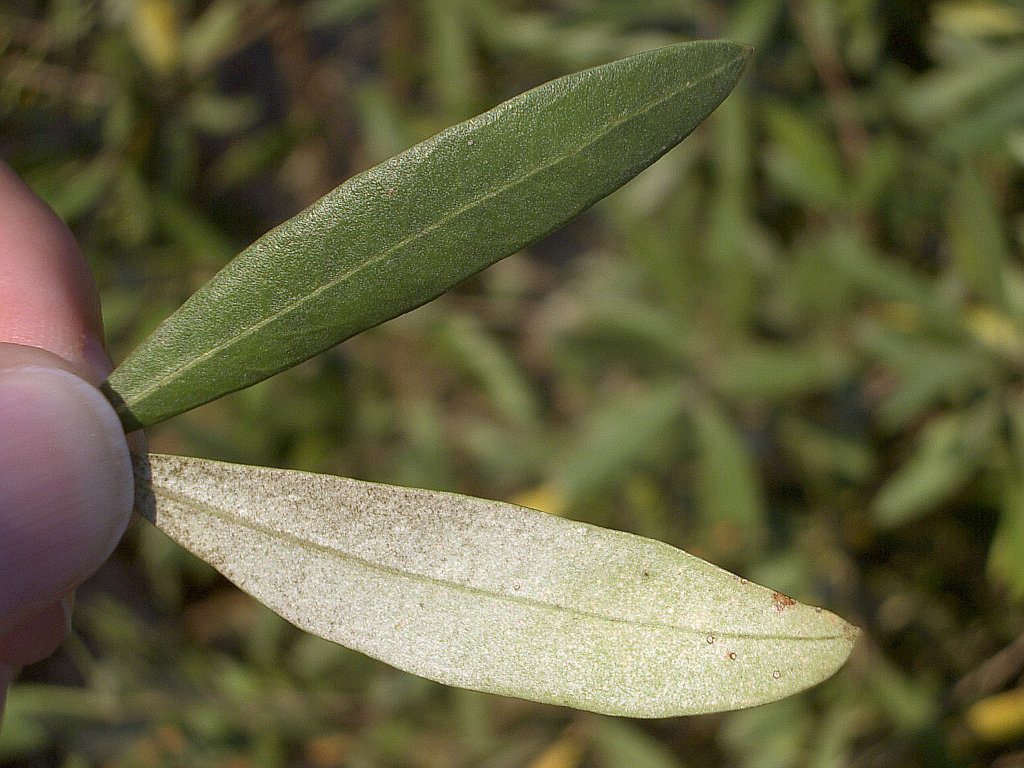
Olive Leaf Compound Could Lead to New Mesothelioma Treatment Surviving Mesothelioma
Quick facts Common name: Olive scab, olive leaf spot, peacock spot, bird's-eye spot Scientific name: Venturia oleaginea Plants affected: Olive Main symptoms: Ring-like or solid circular leaf spots, leaf fall Caused by: Fungus Timing: Symptoms visible all year; spreads during spring and summer Jump to What is olive scab Symptoms Control Biology